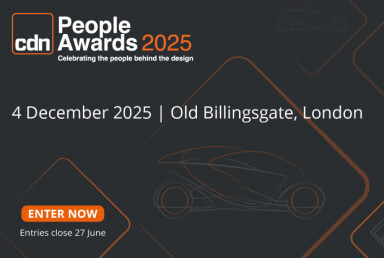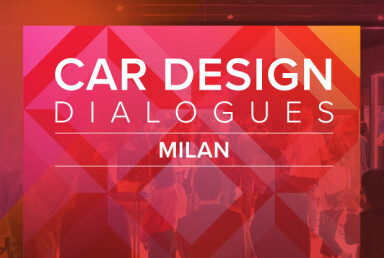BASF on CMF
"Colour is the first thing you see — it's brand building"
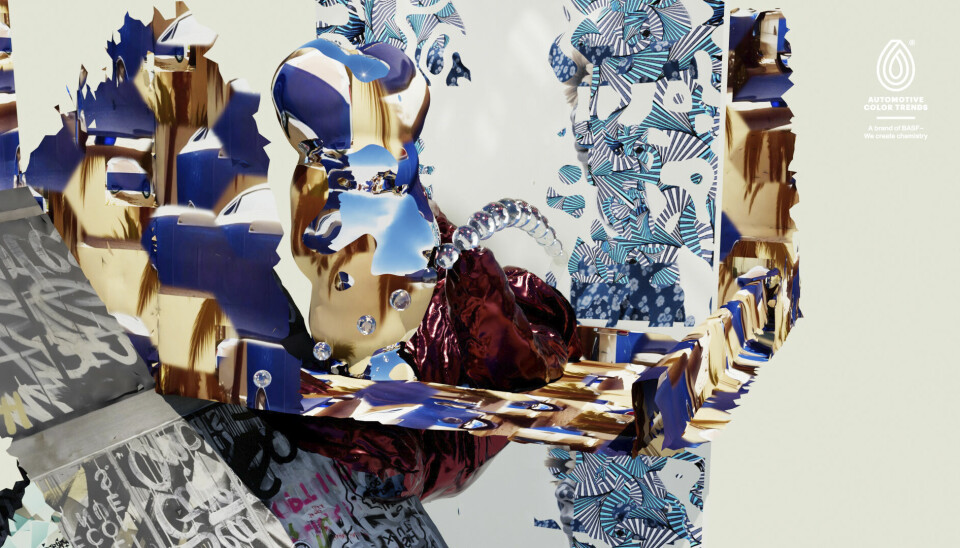
Car Design News chats to paint supplier BASF about overriding colour trends and where things are headed
In our third and final supplier interview for this month's focus on exterior colour and finish, we caught up with a long-standing designer stationed within chemical giant BASF.
Mark Gutjahr, head of design at BASF Coatings, touched on a wide range of topics, from the fundamentals of colour design and the impact that certain finishes can have, to the outlook for autonomous vehicles and why certain typologies suit certain colours.
Car Design News: What does the makeup of your studio look like?
Mark Gutjahr: We have studios in Germany for the EMEA market; in Yokohama for the ASEAN and AP regions in general; in Shanghai for the Chinese market; and in Southfield Detroit for the North American market. So we are globally covering all the markets, but I am usually based in Germany.

CDN: How many people are in the team as a whole?
MG: The team is quite spread out and there are ten people globally working on the design field of automotive OEM paint. We mainly do from trend research into finding new ways of looking into paint, colour positions and effects for the future. The development time is roughly three to five years for a new colour, sometimes even longer. So we have a very long time span to cover.
CDN: Is automotive generally more of a 'wait and see' situation when it comes to forecasting, then? Rather than following trends?
MG: We cannot think like that, because if we wait we are too late. We have to be more proactive, that's why we do intensive trend research at the beginning. Because if we react to what we see in the market or in other markets, we would be too late for the development.
We always look more into the future and from there we develop colour positions, find the right pigments and look at possibilities to express what we're looking for in paint. We present this to our customers, essentially everybody globally, and showcase the directions for colours for the future.
For example, around 2004 we were predicting that white would be a master colour direction for the future, when it was not. In fact, it was super small in the European market. However, it became the number one colour in 2011. That shows how sometimes it can be a much longer time frame, and this was partly because it was more difficult to get white with multi layers into production cycles.
CDN: That was 2011, but why have we seen so many EVs coming out in a plain gloss white in recent years? To create this kind of futuristic spaceship feel?
MG: I think that was the basic idea when this started, and it began with the hybrid cars which were more or less white with some accents in green or blue to create this connotation of cleanliness That's why white became super successful. It was also a shift from a metallic silver look. Stereos, mobile phones, everything was silver, but then Apple came up with the iPod in white. That was the game changer in tech: one button, all in white. This was taken up by the automotive industry with cleaner, more sustainable cars being painted white.
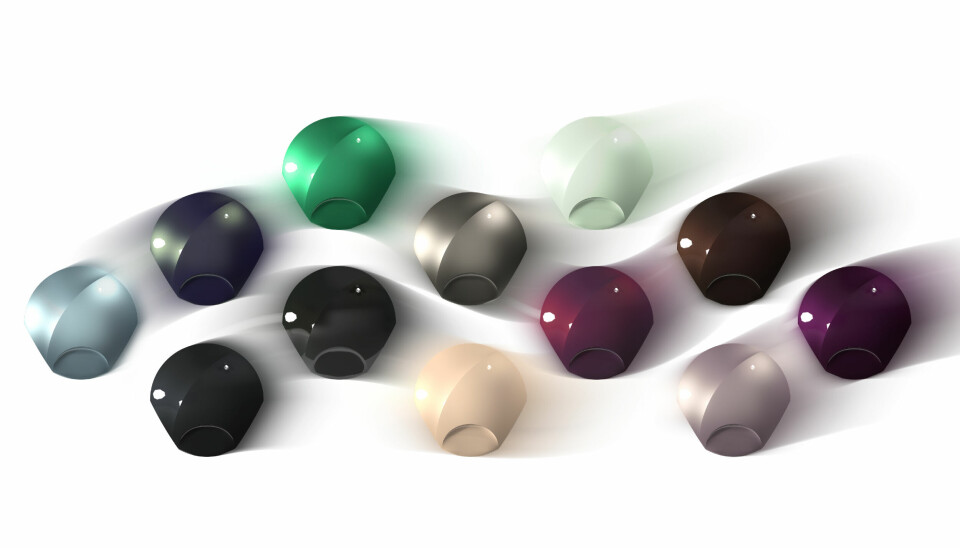
When EVs started to become more prominent, things have actually shifted again, particularly in the Chinese market where EVs don't come in white and now come in pastels and very different colour positions. I'm sure there are even some brands that don't have white in their portfolio, or at least is very limited. But in general, the white paint trend came from this new way of thinking, bringing new technology in that was white. Now we are stuck slightly in this white trend. Plus, the dealers often push white as a 'safe' colour.
CDN: That must be one of the strongest drivers for the colour mix in new cars.
MG: Yeah. Plus the car is a huge investment so if somebody offers that comfort and tells you there a better resale value, people will take this up. Black paint is also pushed by dealers for a similar reason. We did some training for dealers and they were super surprised that colour has a story and can actually help to sell a product.
CDN: Black is a very popular colour but perhaps for different reasons to white. More premium?
MG: It is premium and can be very sporty if you have the right trim to go with it. White makes the car look bigger, whereas with black you don't see a lot of the shape and it dilutes the lines. If you don't really want to see how it's designed, you go for a black car. What you do with respect to colour can influence what you see.
CDN: So if the design is bad, just paint it black. Got it.
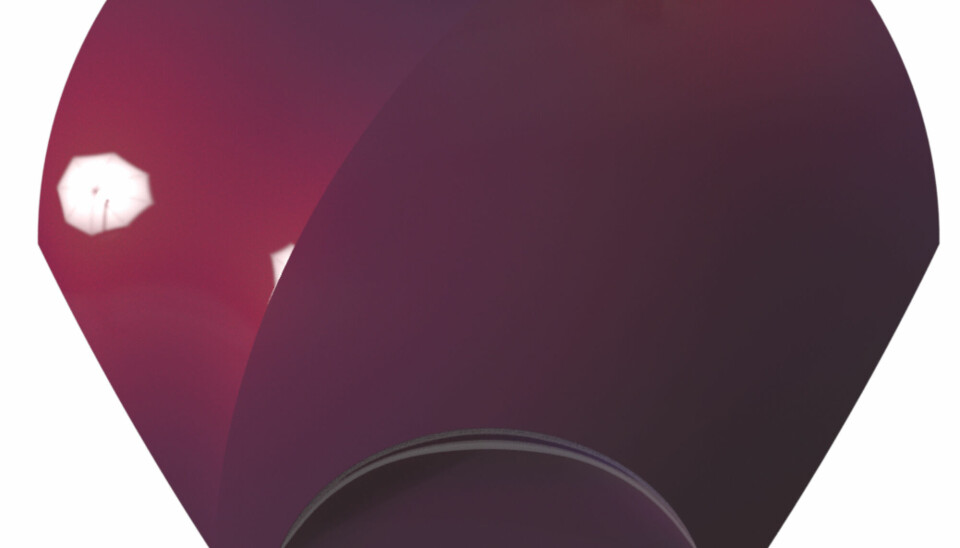
MG: [Laughs]
CDN: What about autonomous vehicles — does colour have a role to play there at all? Is there an 'ideal' colour?
MG: There is, actually. With autonomous vehicles you have to consider that the radar and LiDAR systems need to work together. That makes it very complex for paint because those systems are somehow the opposite of each other: one needs to reflect the radar signal and the other one needs to reflect the light back to the LiDAR. That really points to the functionality of paint, and in particular we really need to work on radar-compliant paint.
CDN: Is this where one of the main changes has been with automotive paint - moving past aesthetics to functionality?
MG: This is changing; the functionality of paint is more in focus. But paint always had function as it was originally not decorative but to protect the surface. You painted a horse carriage to make it last longer, and this also transferred to cars. It has developed further and further to a multi-layer system that has different functions. The paint layer you see is actually the second last layer: there is a clearcoat on top to protect both the base coat and the car in general, so all layers have functionality. From corrosion protection to primer functionalities that prevent UV rays going down to the substrate, to clearcoats that protect against bird muck and whatever else. The next stage is that cars will have to be visible for LiDAR and must reflect enough of the radar signals for autonomous cars to sense them.
CDN: How much innovation is left around paint and colour technology? Are big leaps still possible, or is it all incremental now?
MG: I think most of it is incremental. The overall way of producing will not change so much, but there's always this discussion around how short the process can be. There's also talk of overspray-free application, which is a different way of applying liquid paint onto the car during production. So things are happening.
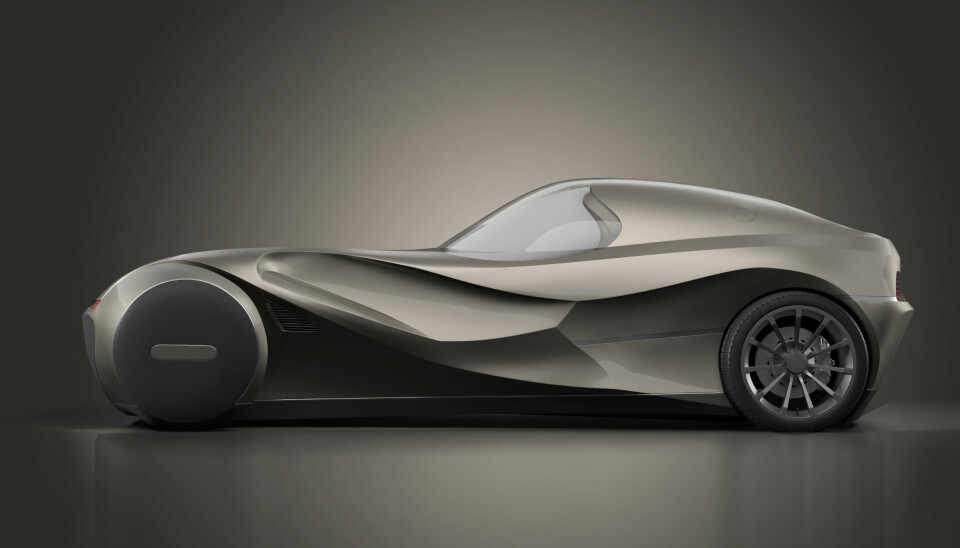
CDN: Which other departments or external players have an influence on colour and finish?
MG: In my opinion, the marketing teams should train their dealers more so that they understand the impact that colour has on the car. It's the first thing you see; it's brand building; it can actually highlight a car and make it more visible or attractive if you know how to play it. And some do — there are some brands out there really know how to do it, and they're very famous for their approach to colour on cars.
CDN: Finally, this feels like the most appropriate time to ask some what their favourite colour is...
MG: I always ask for peoples' favourite colours! My favourite colour is red, but I cannot tell you why red objects attract my attention. Most people have blue as their favourite colour; green is also quite high, but there's a diversity in what type of 'green' people like. But I have different favourite colours depending on products and objects and it changes over time. Research agencies look into this kind of thing and find many people have favourites but nobody can tell why.








